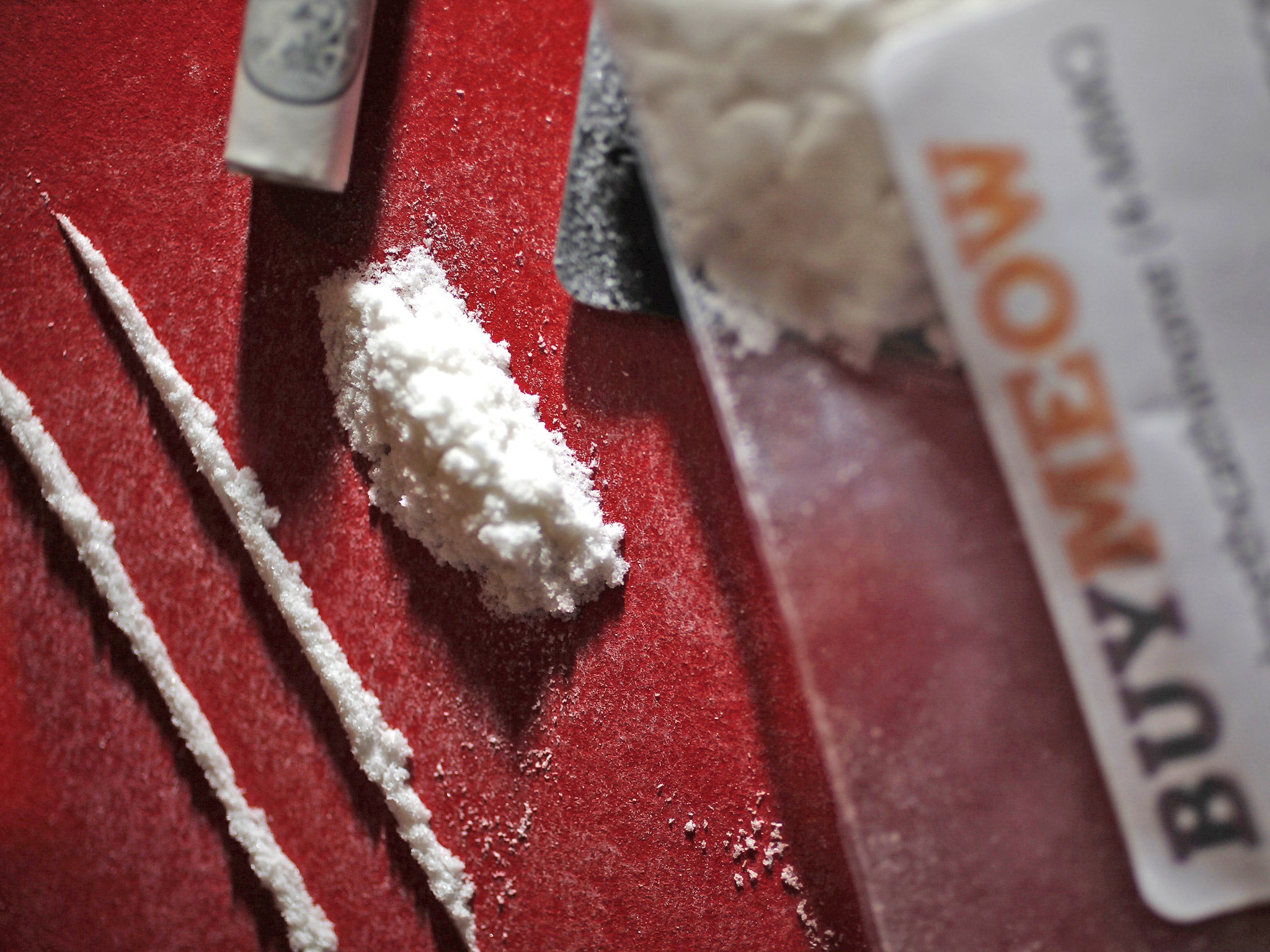Government policy on legal highs is so much smoke and mirrors
It would be braver to educate than continue the futile process of outlawing

Your support helps us to tell the story
From reproductive rights to climate change to Big Tech, The Independent is on the ground when the story is developing. Whether it's investigating the financials of Elon Musk's pro-Trump PAC or producing our latest documentary, 'The A Word', which shines a light on the American women fighting for reproductive rights, we know how important it is to parse out the facts from the messaging.
At such a critical moment in US history, we need reporters on the ground. Your donation allows us to keep sending journalists to speak to both sides of the story.
The Independent is trusted by Americans across the entire political spectrum. And unlike many other quality news outlets, we choose not to lock Americans out of our reporting and analysis with paywalls. We believe quality journalism should be available to everyone, paid for by those who can afford it.
Your support makes all the difference.Earlier this month, while in front of his family, a 17-year-old Australian jumped from a balcony to his death while allegedly under the influence of a powerful hallucinogenic drug called ‘N-Bombs’. The psychoactive effects of N-Bombs have been likened to those of LSD. Simple possession of LSD can result in up to seven years imprisonment, while supplying may garner a life sentence. In stark contrast, until June 10 2013, N-Bombs were perfectly legal to manufacture, sell and possess. Therefore, before their ban, N-Bombs were a seemingly ideal alternative for individuals seeking a psychedelic experience without the risks of purchasing a Class A drug.
The prohibition of this substance, known in the scientific community as 25i-NBOMe, is the latest in a long line of government policies aimed at suppressing the trade and consumption of what have become known as ‘legal highs’. Legal highs are synthetic substances which bear resemblance to illegal drugs; however, manufacturers ensure that their chemical compositions are meticulously altered to ensure they are not encompassed by the 1971 Misuse of Drugs Act. In recent years, numerous other legal highs have been manufactured to evade the government’s strict classifications of intoxicating substances. ‘Spice’, a synthetic form of marijuana, was outlawed in 2009. While mephedrone, a stimulant similar to MDMA and cocaine, was criminalised in 2010.
Companies selling these substances operate within the law, making the purchasing process for customers far safer and simpler than buying narcotics from a street dealer. However, while providing a safer transaction, these sellers also capitalise on the lack of regulation; unlike with the most popular legal drugs (alcohol and tobacco), legal highs require no age restrictions, health warnings or usage guidance.
There are no recorded deaths from simply consuming marijuana, LSD or MDMA, whereas certain ‘legal highs’ have, allegedly, contributed to a number of deaths. Preliminary research indicates that Spice, mephedrone and N-Bombs are more damaging than marijuana, MDMA and LSD, respectively. A prominent danger associated with these recently-legal drugs is that the known risks they pose are vague; little research has taken place into their effects, and users are often unaware of the safest dosages and methods of consumption.
There is a growing consensus in the scientific community that criminalising these substances may put users at further risk – buying a legal gram of mephedrone online was still safer than buying an illegal gram of a questionable white powder from a street dealer. Additionally, the inevitability of a new 'legal high' emerging shortly after one becomes illegal is indicative of the futility of continuously implementing prohibitionist legislation.
It is indisputable that the rise of legal highs is due to the continuous imposition of drug prohibition as a whole. The government – and much of the mainstream media - seem to be of the opinion that a death from a ‘legal high’ is the government’s fault, while a death from an illegal drug is the user’s fault. Therefore, simply outlawing a psychoactive substance ostensibly relinquishes the government of any responsibility for the consequences of that drug’s use. It is vital for this dangerous and self-interested approach to be replaced with a renewed focus on education and a prioritisation of individuals’ health to ensure that the dangers of drug use are minimised. Most importantly, as it was last week announced the UK has the largest legal high market in the EU, the government’s drug policy should be based on scientific research and evidence, rather than on knee-jerk reactions and winning votes.
Join our commenting forum
Join thought-provoking conversations, follow other Independent readers and see their replies
Comments